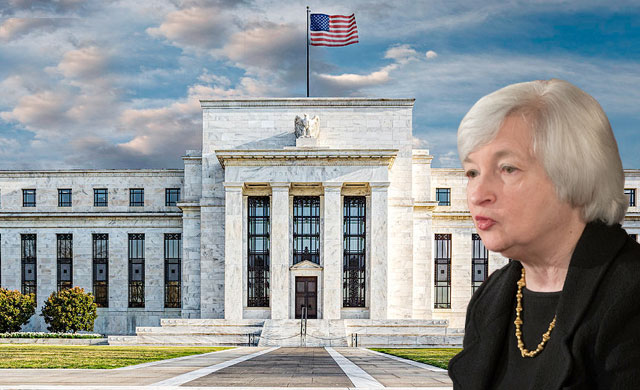“You can’t congratulate yourself on your wins. Just like you can’t despair over your losses. Success is not one event. Too many one-hit wonders realized this too late.” – James Altucher

This article was written with traders who control their risk and follow sound trading plans in mind. Controlling one’s risk and following sound trading plans don’t make us immune to losing periods; they simply ensure that we come out of the losing periods triumphantly.
An equilibrium market is also called a consolidating or a sideways market. This is a condition in which the movement in the market is almost flat and it is difficult to make money from such a market. When a market moves strongly, position trading, swing trading and intraday trading methodologies make easy money as traders cut their losses and run their profits.
But there are times when the market doesn’t move strongly, experiencing a pause in the movement. Even in markets that trend strongly like Forex markets, equilibrium phases would be observed from time to time. This is the time in which most targets wouldn’t be reached and stops would often be triggered, because the movement of the price would be short-term and erratic in most cases.
For those who follow the trend or look for strong movements, equilibrium phases (which are inevitable) are when losing streaks occur. During this phase, trading strategies go out of sync with the markets, and trades tend to go into negative territories without going positive, as those that first turn positive eventually go negative without hitting the targets. During this phase, stops – whether tight or wide – are frequently hit and targets are rarely reached.
In trendless markets, most fundamental figures would simply be shrugged off by the markets.
But one thing should be remembered, a period of low volatility will be replaced by a period of high volatility, and the other way round. Strategies that go out of sync with the market would eventually move in sync with it; and this thing happens alternatively. There is hardly a strategy that works always in all market conditions: a strategy that works well in equilibrium markets may fail during strong trending movements.
The trick is to know what to do when there is an equilibrium phase and trading results are poor. We want to lose as little as possible out of our accumulated profits and we want to recover as quickly as rationally possible when things turn in our favor. The less our drawdowns in equilibrium markets, the faster our recovery would be when things turn in our favor. We don’t know when an equilibrium phase will start and when it will end. We just perceive it when it happens, plus the duration may be shorter or longer than we think.
When Not To Let Profits Run
Let me give you an example of how I deal with losing streaks and equilibrium markets.
Since I target at least 200 pips per trade, I discover a period of equilibrium markets when only one or two or none of my targets are hit in a week and the same results are repeated in the following week. In this period, I undergo negligible drawdowns instead of gains. This is when I’ll start cutting my profit per trade after the trade is about 8 – 10 hours old. With this, further drawdowns would be limited and some profits would be prevented from going into negative territory. This is my only trading rule that changes temporarily for the rest of the month. I do this for only two weeks and then go back to running my profits as long as possible.
The same rule applies in a new month: I let my profits run throughout the month unless the first two weeks are negative. When the markets move strongly, about 3 or 4 or more of my targets would be reached every week; plus targets are sometimes reached within hours or a few days after opening of trades.
Some expert traders simply stop trading for two weeks or the month when they lose a predetermined amount of money, like 5% – 6% of their accounts. The reason why I stay in the market is that I don’t know when there would be strong breakouts/significant volatility in the markets. Since I try to trade around the territories why prices may go out of balance, I sometimes catch strong movements.
A Future Without Worries
When we undergo troubling circumstances, we can easily become discouraged. At such times, we can be comforted and strengthened by reflecting on the blessings we’ve enjoyed so far as traders. Often, negative feelings aren’t the results of our circumstances but how we view them.
Unless you’ve expectations that are too high, too soon, you don’t need to get disappointed during equilibrium phases. A roaring lion kills no game.
As in real life, doing the right things doesn’t always make you appear smart. In fact, you may sometimes look stupid by doing the right things. A trader that uses a stop may appear stupid when they’re stopped out on a trade that eventually reverses and turns positive. A trader may appear stupid when a position they’re trying to ride fails to meet its target, turning from positivity to negativity. But in the end, you’ll reap the benefits of doing the rights things. In your trading career, the best is yet to come.
As someone once said, the return of your money is more important than the return on your money. The rain is more important than the dew.
This piece is ended with the quote below:
“Many traders, especially beginning traders, seem to think that they have to trade all the time if they want to make money. Very often the opposite is true. A good trader is a patient trader, because he knows that “the long run” is longer than we think.” – Andy Jordan
Copyright: Tallinex.com
What Super Traders Don’t Want You To Know: Super Traders

 Hot Features
Hot Features











